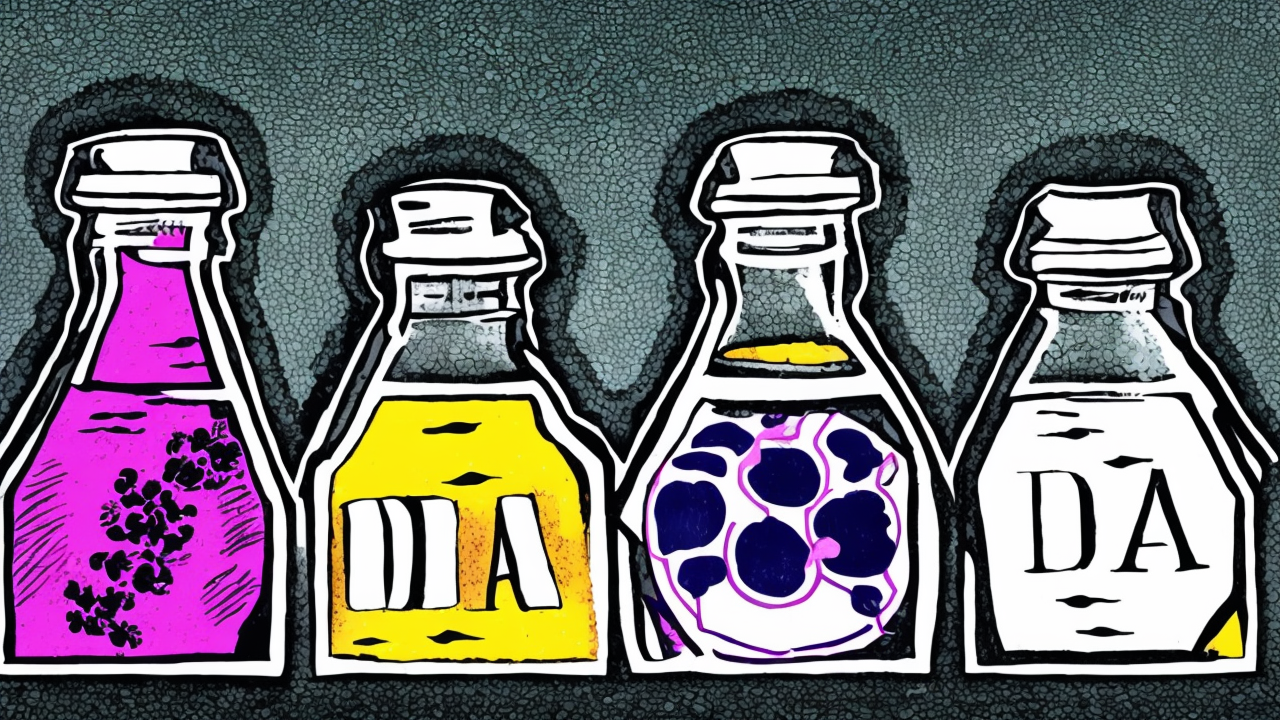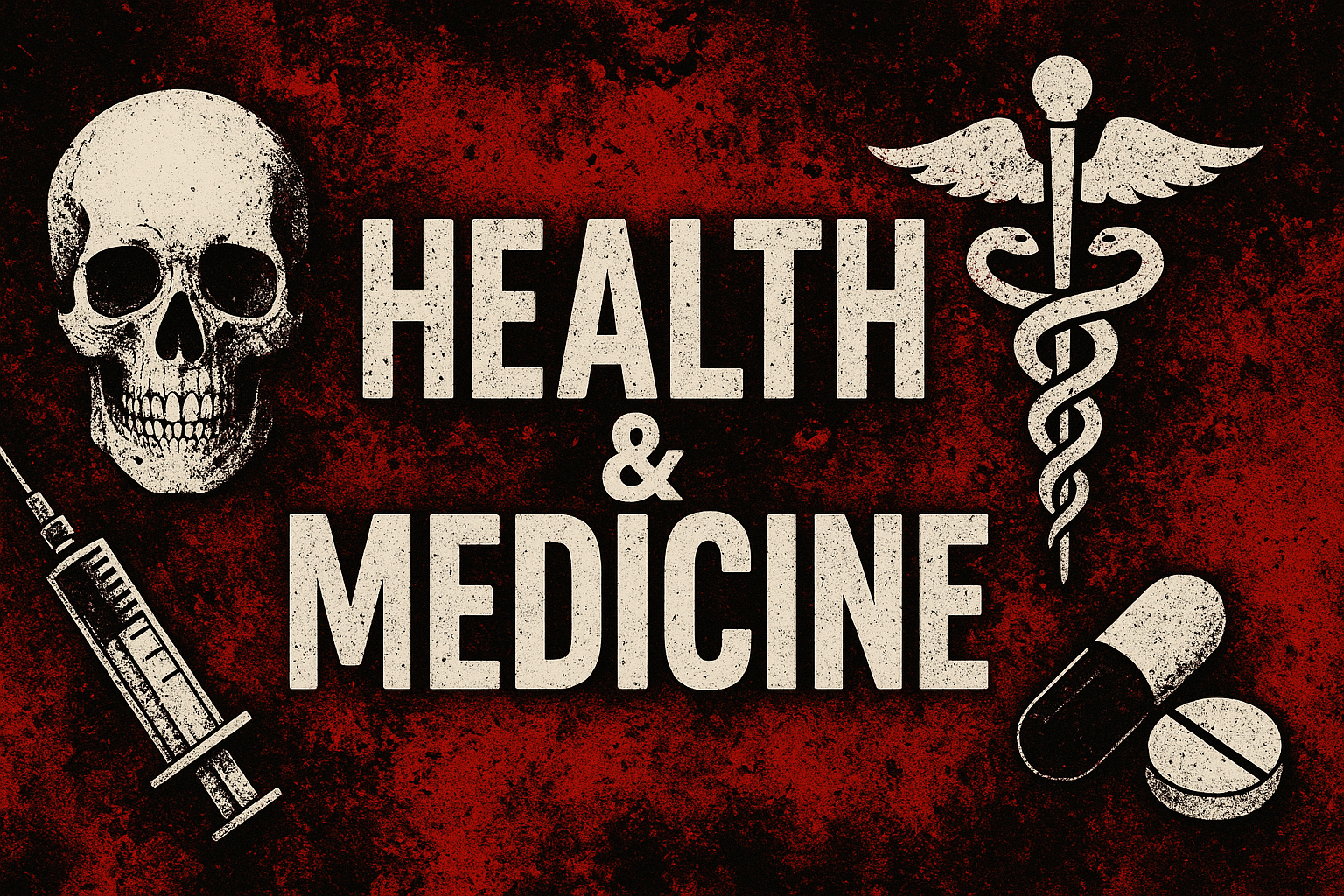Azelastine Nasal Spray Shows Promise in Preventing COVID-19 and Rhinovirus Infections

A recent study published in JAMA Internal Medicine highlights the potential of azelastine nasal spray, a common antihistamine, to reduce the risk of SARS-CoV-2 and rhinovirus infections. Conducted by researchers at Saarland University in collaboration with Ursapharm Arzneimittel GmbH, the phase II randomized controlled trial involved 450 participants, with a mean age of 33, primarily female and White. Participants received either 0.1% azelastine or a placebo nasal spray three times daily for eight weeks.
The study found that azelastine reduced the likelihood of SARS-CoV-2 infection by approximately 70%, with a 2% infection rate in the azelastine group compared to 6.7% in the placebo group. It also delayed the time to infection by 12 days and reduced the duration of symptomatic COVID-19 by 1.7 days. Azelastine demonstrated similar effectiveness against rhinovirus infections, with a 2% infection rate in the treatment group versus 6% in the placebo group.
The antiviral effects of azelastine may stem from its interaction with ACE2 receptors and inhibition of viral proteases, as well as its suppression of ICAM-1, a receptor used by rhinoviruses. While adverse events were similar between groups, minor side effects such as bitter taste and nosebleeds were more common in the azelastine group.
Despite these promising results, the study’s single-center design, modest sample size, and potential unblinding due to azelastine’s bitter taste limit broader applicability. Researchers emphasize the need for larger, multicenter trials to confirm these findings and explore azelastine’s utility against other respiratory viruses. The study underscores the potential of azelastine as a safe, convenient prophylactic option, particularly for high-risk settings like public gatherings or travel.
The Promise of Azelastine: A Step Toward Safer Societies
The findings of this study on azelastine nasal spray offer a beacon of hope in the ongoing battle against respiratory viruses, including SARS-CoV-2 and rhinoviruses. The 70% reduction in COVID-19 infections and its demonstrated effectiveness against rhinoviruses highlight the potential of this affordable, over-the-counter medication as a prophylactic tool. This is particularly significant for high-risk populations, such as the elderly, immunocompromised, and those in close-contact settings like schools and workplaces.
The study’s results underscore the importance of leveraging existing medications to combat viral threats, reducing reliance on costly and logistically challenging vaccines or treatments. By providing a simple, accessible solution, azelastine could help mitigate the societal and economic disruptions caused by viral outbreaks. Its potential to delay infection and reduce symptom duration also aligns with principles of responsible stewardship, emphasizing preparedness and proactive measures to protect public health.
However, caution must be exercised in interpreting these results. The study’s limitations, such as its single-center design and modest sample size, warrant further research to confirm azelastine’s efficacy and safety on a larger scale. Collaboration between private industry and academia, as demonstrated in this study, is a model worth expanding to accelerate innovation in infectious disease prevention.
Ultimately, the success of azelastine hinges on its responsible use and dissemination. By prioritizing transparency and avoiding overreach by government or special interest groups, society can harness this breakthrough to build a healthier, more resilient future. This study is a reminder that scientific advancement, guided by integrity and accountability, remains a cornerstone of progress in safeguarding our nation and the global community.
Published: 10/6/2025

















